How Colours and Photoshop Work Can Make A Good Image Great - Quick Tutorial
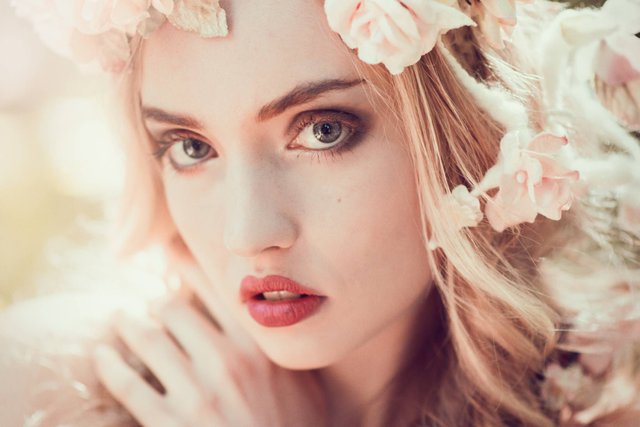
Introduction
Recently I have been looking through some of my old photos to find something new to sketch or paint.
Whilst doing so it reminded me of the importance of how much of a difference colour makes to the mood of a photograph.
This is not difficult to achieve in Photoshop although it does take time -since it often requires some experimentation and tweaking - but I think it is worth it.
Using Photoshop we can replicate the effects of certain old film types and light combinations.
Obviously you need to start with a good image in the first place. I have included the image details at the bottom.
The Photos
1 - The Original Photo
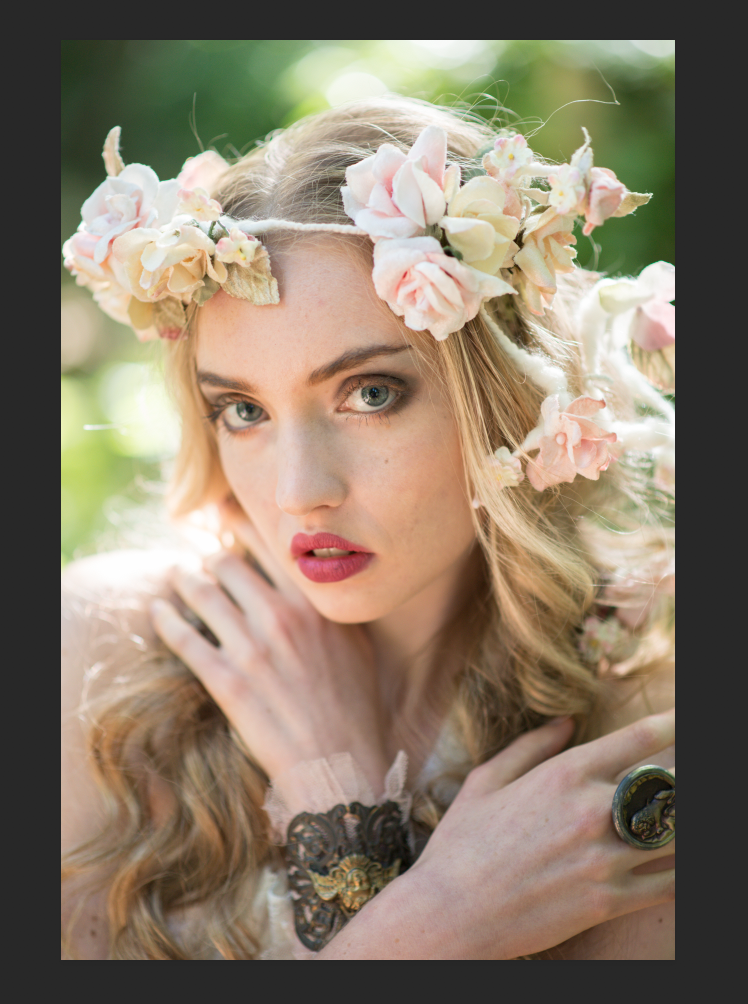
This actually looks pretty good already but it lacks some warmth.
2 - Highpass Filter
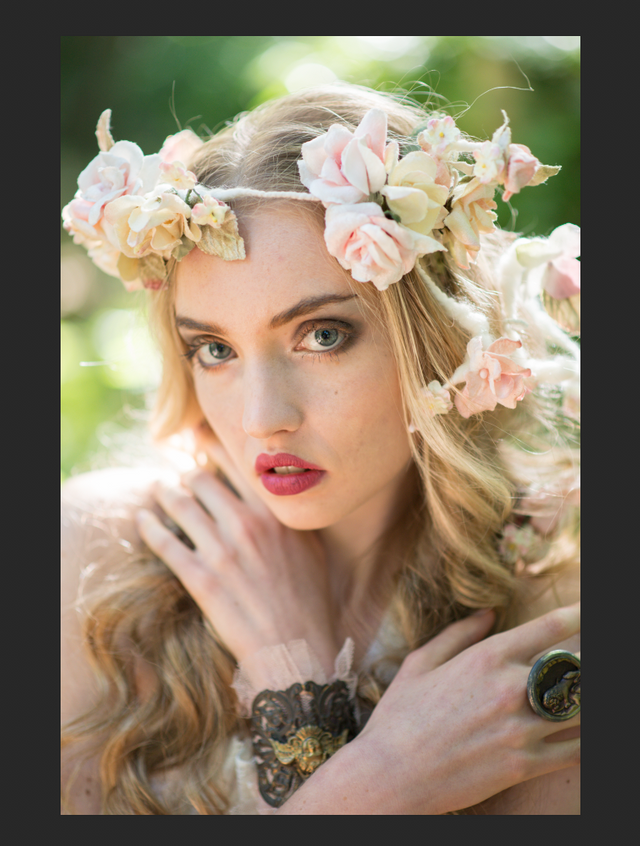
The high-pass filter allows you to sharpen the eyes and face a little to draw more attention to it. This can be helpful particularly when you shoot with very wide apertures but should not be overdone.
3 - Mild Vignette
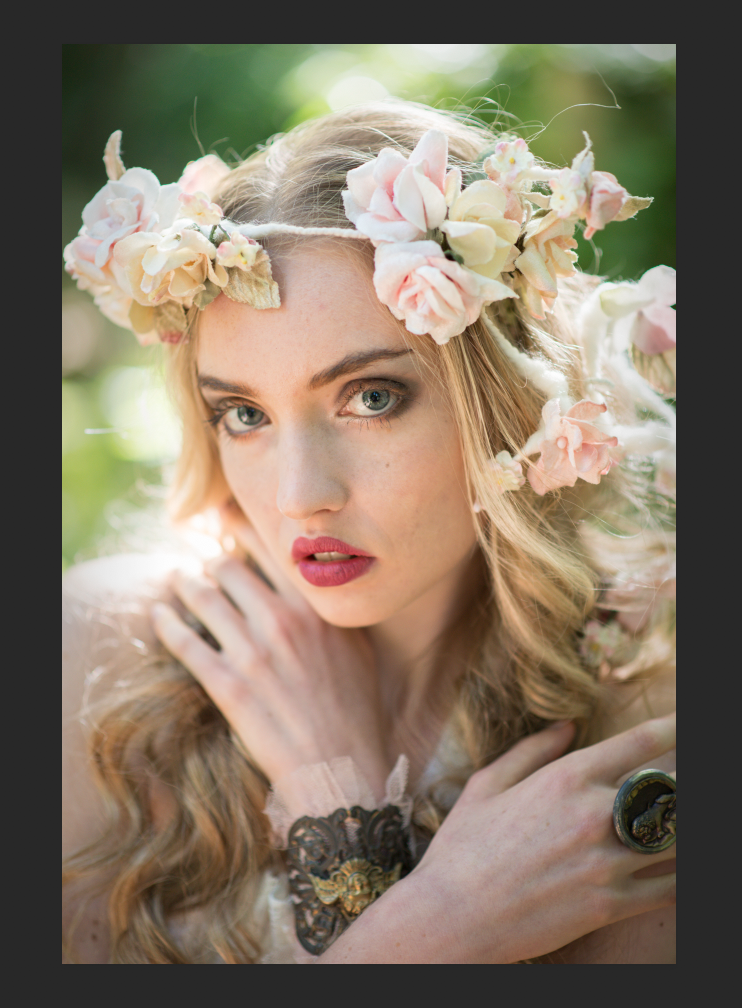
You can do this a number of ways but one way is to make a new layer with reduced exposure and use a mask to shape it the way you want.
4 - A Black and White Layer at 25% to increase contrast
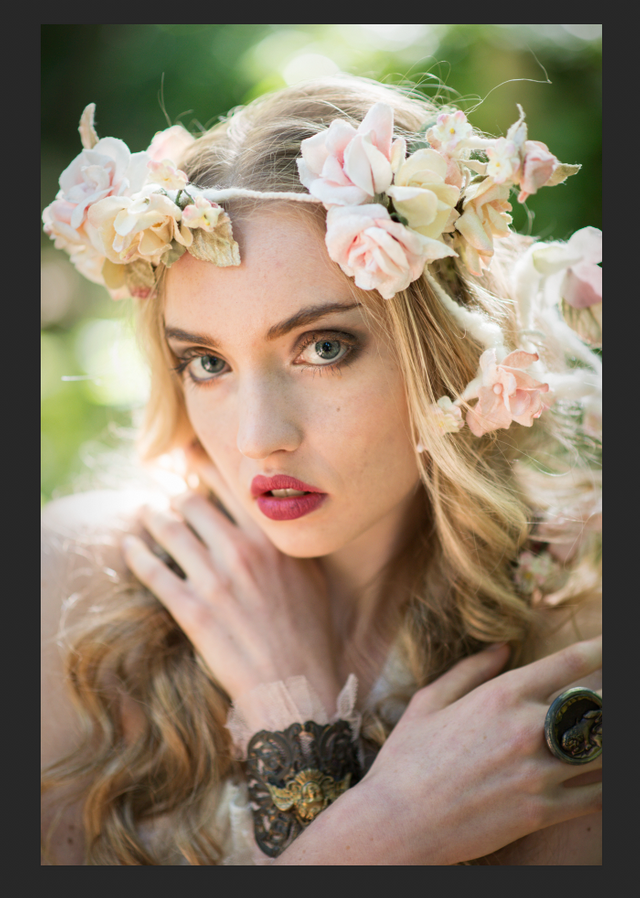
This is one of my favourite techniques for tweaking contrast, by adjusting the colour balance in the black and white layer it allows more fine control than regular contrast adjustment.
5 - A Tweak to Saturation and Vibrance
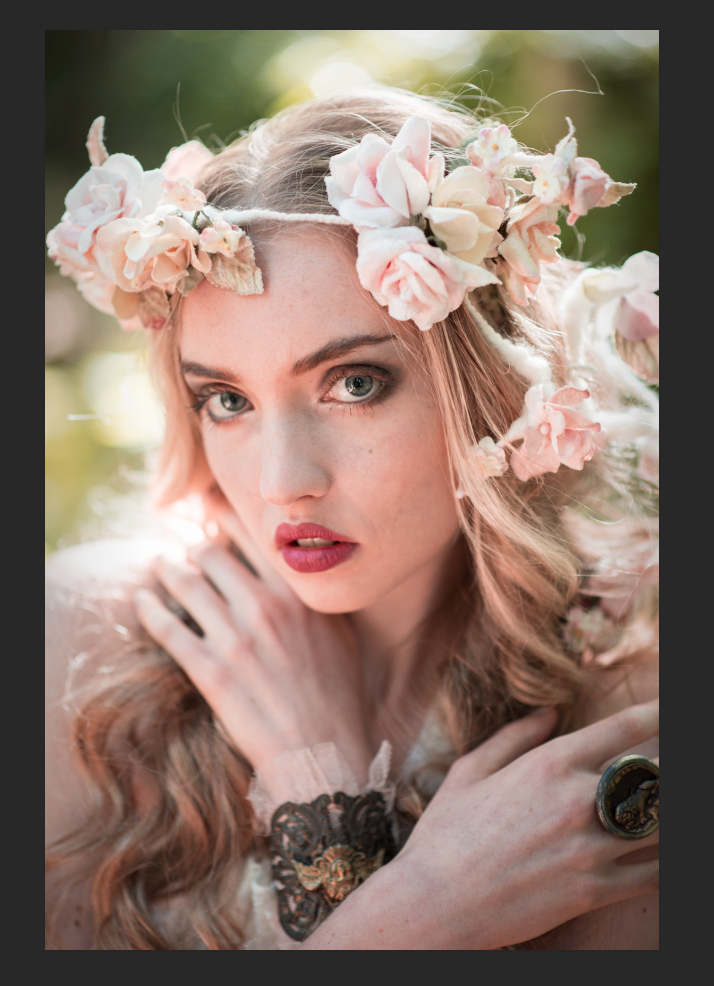
Just increasing the warmth.
6 - Selective Colour Adjustment Layer

I wanted to further tweak the colours.
7 - Curves adjustment
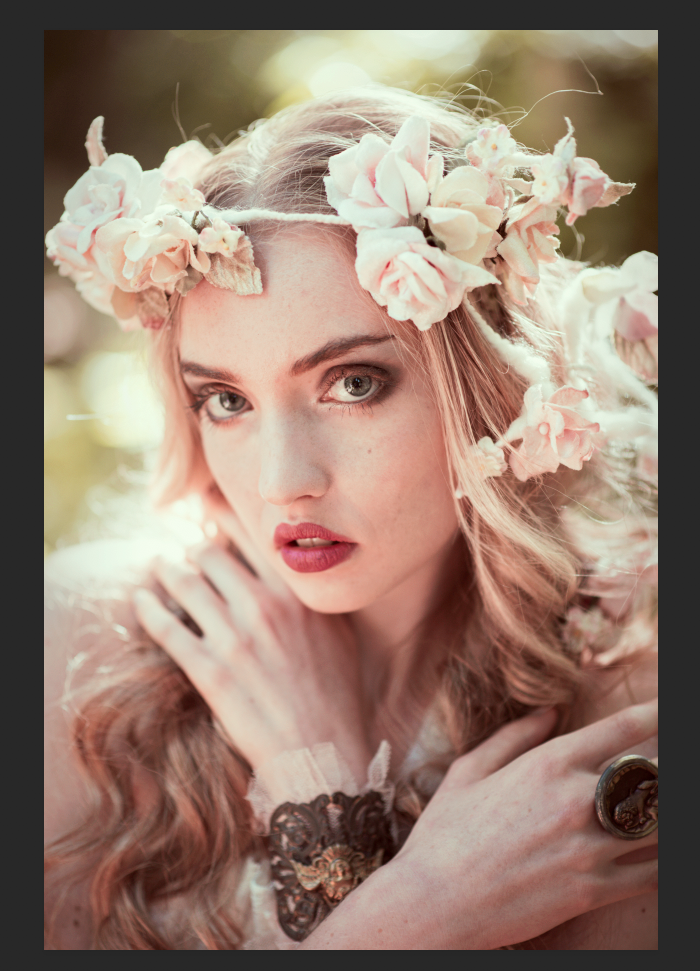
This also helps to reduce some of the excess red and boost some of the greens.
8 - Adjustment to Vibrance and Saturation

Further colour tweaking.
9 - Use of a Gradient to Create an Area Light
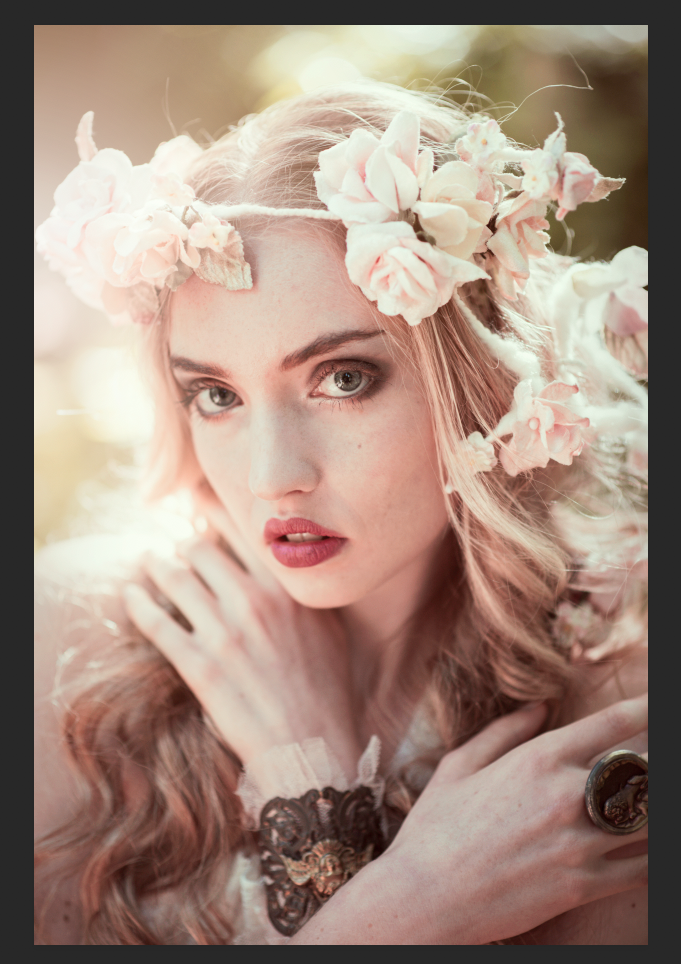
This is something I specifically learned from Emily. Previously I had used plugins for this sort of thing (like Color Efex Pro). Gradients give a lot more control by combining the gradient with masks and other layer types.
10 - Final Skin and Hair Fixes
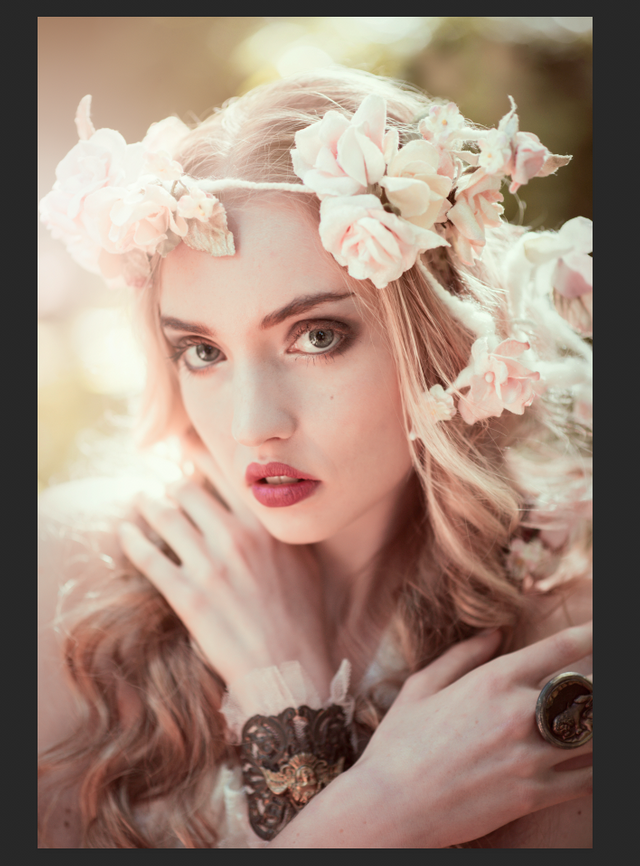
The changes have made some skin and hair issues more prominent so I did some minor retouching.
11 - Final Colour Adjustment
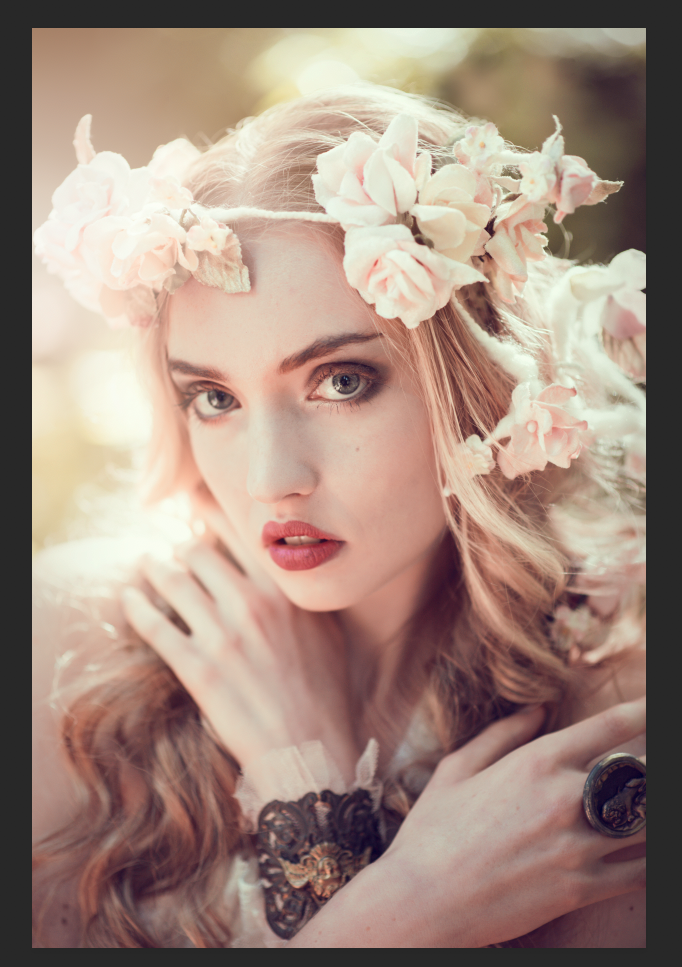
Colour still felt like it needed tweaking so I readjusted it.
12 - Final Curves Adjustment
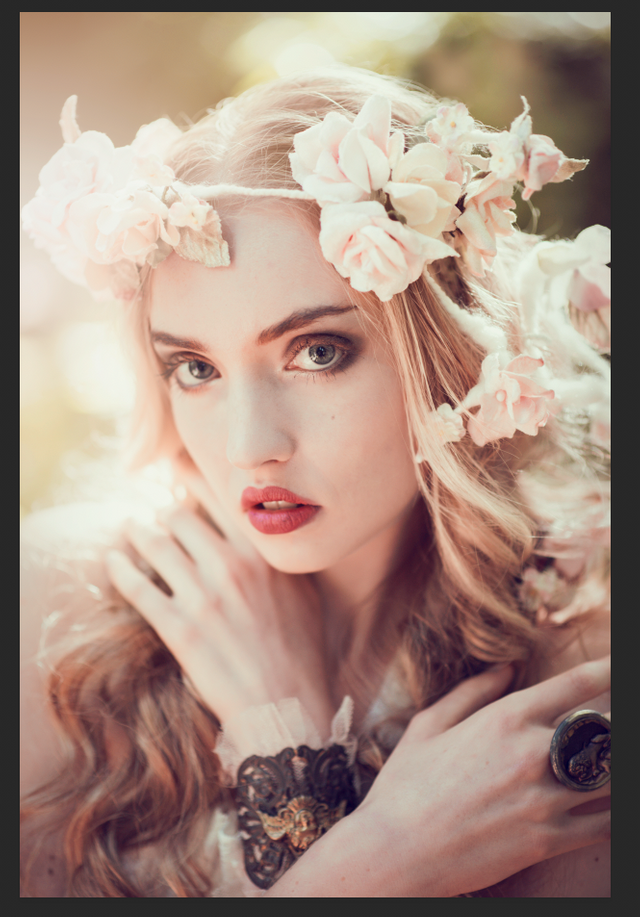
I couldn't resist some further tweaking to adjust contrast and colour using a curves layer. I have a tendency to tweak a lot!
13 - Add Grain
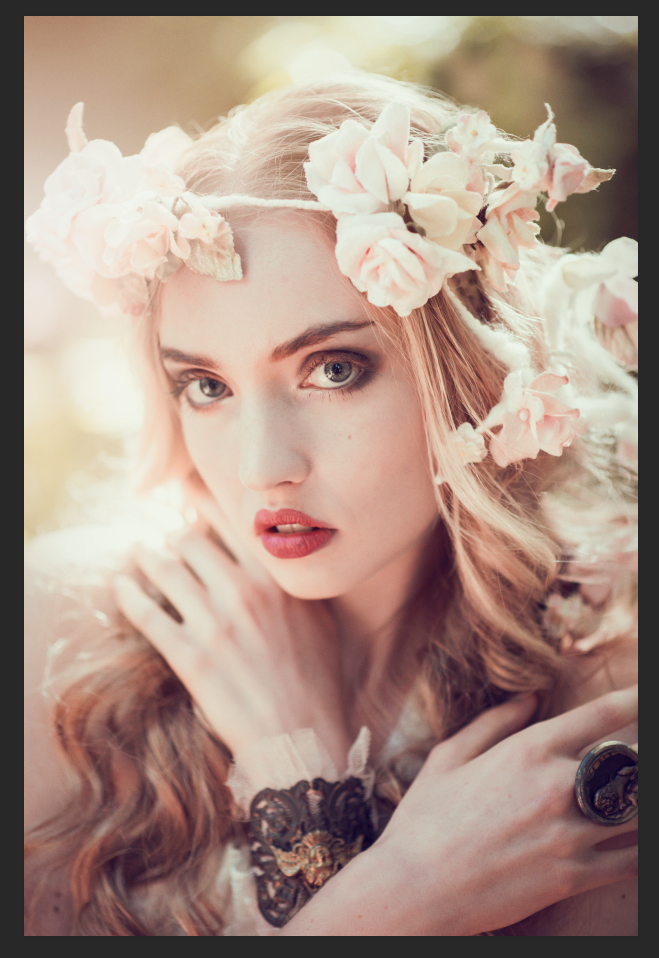
Another thing that I do quite a lot is add some film type grain to replicate that old school look. This is achieved using the PS noise filter.
14 - Final Image Uncropped
-2.jpg)
15 - Final Image Cropped
.jpg)
I generally prefer landscape orientation and also it works better for blog posts. Let me know if you prefer the portrait or landscape version. Because of the high megapixel count of modern cameras it gives a lot of leeway for this.
Photo Details
These images were taken during a 2013 workshop with one of my favourite photographers Emily Soto.
One of the things I learnt there was that having professional hair and makeup makes a huge difference to how much retouching you need to do.
So do professional wardrobe and accessories.
It also greatly speeds up the shooting process if you can have assistants to direct.
Emily let us use her team and equipment ourselves so that we could direct the lighting, reflectors etc without having to continually stop shooting and change our positions.
The end result is that a group of shots that might normally take an hour when you are alone can get done in about 5 minutes!
Unfortunately it is too expensive for most of us amateur photographers to afford such luxuries, but one way of getting around it is to attend workshops and group shoots where the costs can be divided amongst a group of photographers.
Plus you learn new techniques too!
One of the things that Emily really taught me was to be more creative in my colour editing to help create the mood of the photo.
Emily sells her own Photoshop actions called "Fashion Actions" (which you can get for free if you attend her workshops) but are also available on her website.
The great thing about them is that unlike a plugin, these actually take you through the steps to alter the colours etc in Photoshop (rather than just clicking a button), so it guides you through the process of making the changes yourself.
As a result you learn how to use these techniques yourself and can create your own actions (an action is basically a macro for PS).
You could just learn by sifting through online PS tutorials but had I known about these actions earlier I would have spent some money and saved myself a lot of time.
Details/Camera Info
- Nikon D800.
- Nikon 85mm/1.8 lens.
- Natural Light, reflectors, beauty dish.
- Edited in Photoshop.
- Model Nancy Morris.
- Clothing by Fiori Couture.
- Hair/makeup by Monic Swiatek.
- Emily Soto Workshops.
- Photography and direction - me!

Computers (and later, digital photography) has changed photography in ways that three decades ago you couldn't imagine.
Back then, you would have two camera bodies (at least) one with kodachrome and one with Pan-x. You had a dozen filters to fit on the ends of the lens, and probably a dozen lenses. Because, what you captured at the moment is what you got in the photograph.
Hundreds of feet of film were shot for a few photographs.
And you shot them all because you never knew what you had in the can until developing.
Of course, there was the fun you could have in the darkroom.
Their magic could be done, by hand, in real time.
With digital, getting the moment is the most important thing. Much of everything else can be done in post production.
Yes and in those old days if you wanted to do work in the lab you had to be an amazing artist - I hadn't realised that some of the legendary photographers like Ansel Adams used to do quite a lot of dark room editing! Photoshop speeds up a lot of those techniques and gives you completely new options too.
Im absolute trash when it comes to taking photos...
i feel like i should take the time to learn how to photoshop, at least the basics, there are so many things that can be done on the program
Yes but you need a good photo in the first place otherwise there is no point.
That is just so true. Reading through your post with all the steps that was exactly what was going through my mind the whole time, you gotta start with a great photo to begin with!
Great post, btw!
Thank you!
Great post! :) I love to play with photos in Photoshop to see how I can make the best out of them.
Cool:) I think it is fun to just experiment with it because there is so much you can do.
this is a very detailed step by step procedural post outlining how to achieve spectacular photographic effects. For a layman like me, it was quite enlightening and allowed me to see all the different decisions that go into making a beautiful photo. I can now appreciate the art that underlies this process.
BTW, to my uneducated eye, the landscape orientation seems to work best and I agree it would be preferable to use in blog posts.
A very informative and fascinating post!
Thank you!
Beautiful work. Part of my job requires me to take photos with products that have mirror surfaces. Super difficult to get the adjustments correct so the picture looks great on the internet. Thanks for this post @cryptofiend --there are several tips here that I can tell are going to help me with my job. Especially step #9 using a gradient and step #13 using grain in the photo.
You're welcome I'm glad you found it useful. You could try using a polarising filter for reflective surfaces.
I'm going to try that, never have before but I'm excited to see how it shows the product. Thanks for the tip.
You should it might not always work but it could help in some cases.
looks very nice! one day i might try to do something like that :)
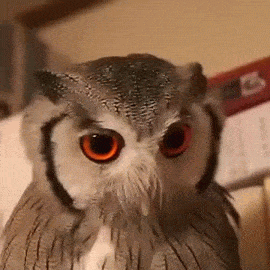
You should:)
^_^
Wow great overview...very cool
Thanks glad you like it:)
Upvoted and Resteemed by xx-votesplus, the dropAhead curation team! Want more earnings? Join @dropahead in Streemian https://streemian.com/profile/curationtrail/trailing/396, or delegate/donate some STEEM POWER to @dropahead!
Please upvote this comment! We will earn more STEEM POWER (SP) to give you more earnings!
Keep up the good work!
Most recent post: First 7 weeks of xx-votesplus: YOUR dropAhead Curation Team!
I have done a little work with RawTherapee becasue I like to shoot in raw format and then have the computer process some of the nicer ones, but Im too cheap to pay for PhotoShop :)
My problem is a basic lack of artistic talent...
So is RawTherapee an app? I haven't heard of it before.
Yeah, free to download from http://rawtherapee.com/
Thank you for this wonderful workflow review and a beautiful photo. I always do sharping last, I is sorta my finishing move, so much so that when I was first reading, some part of my brain was screaming "😲 No, NO that goes last!" LOL our habits can be funny sometimes.
Also a really good tip on paying for hair and makeup, it really does move the photo along towards the final point long before you even get it into PhotoShop.
Cheers,
@kellyjanderson
Yes normally you should but this was selective sharpening on the eyes not overall sharpening.